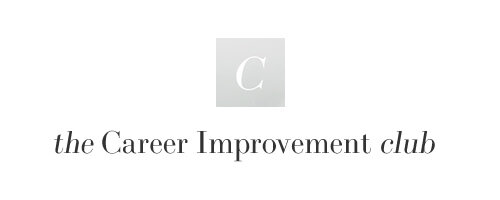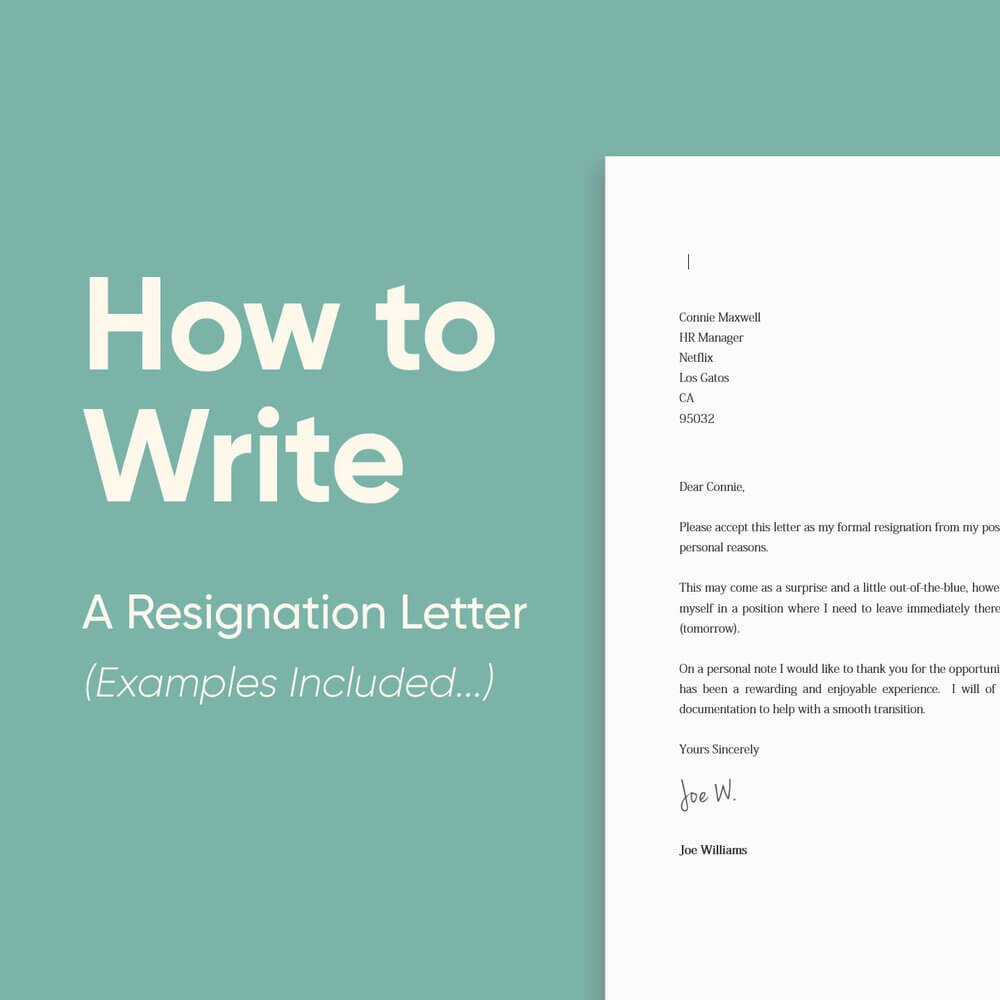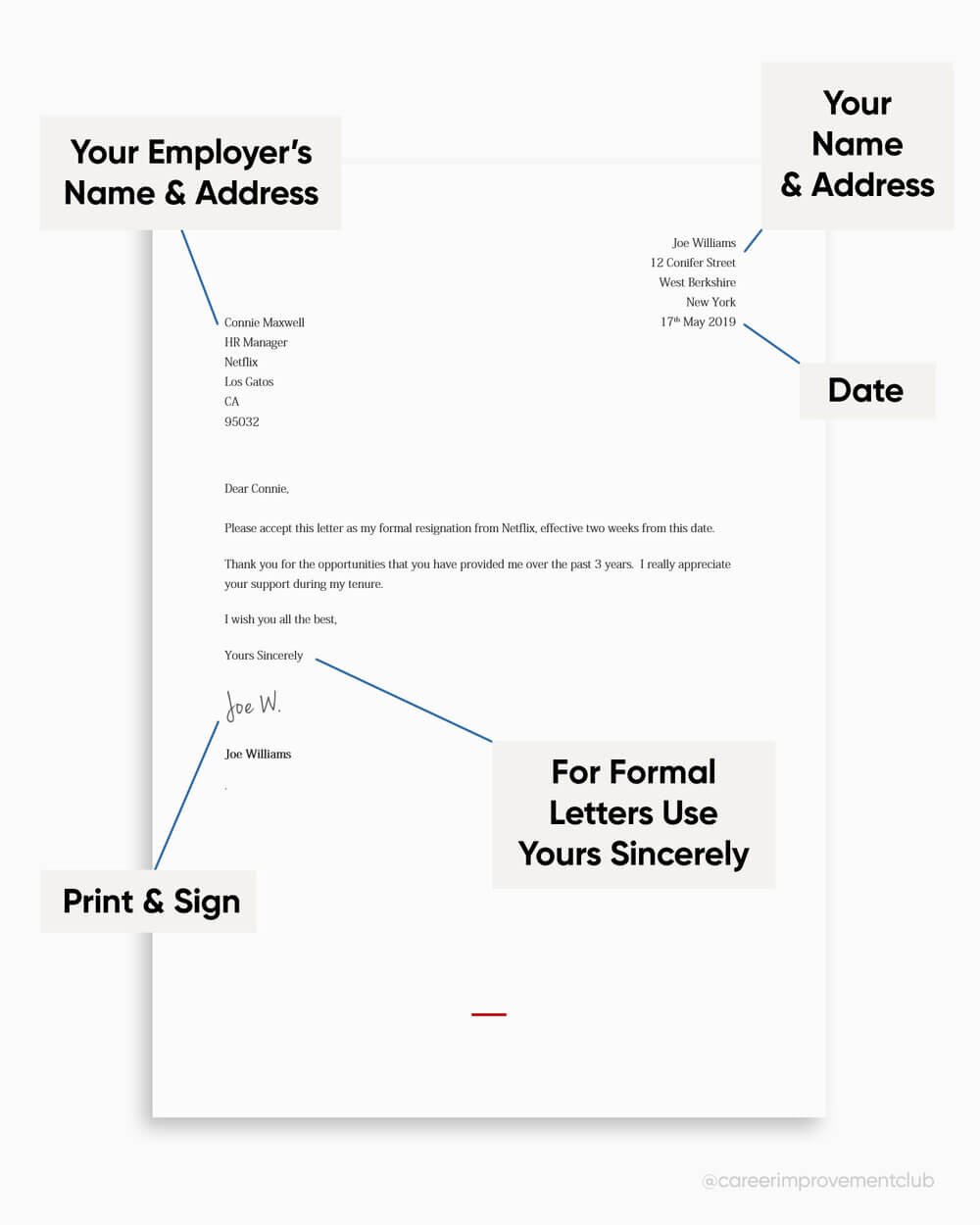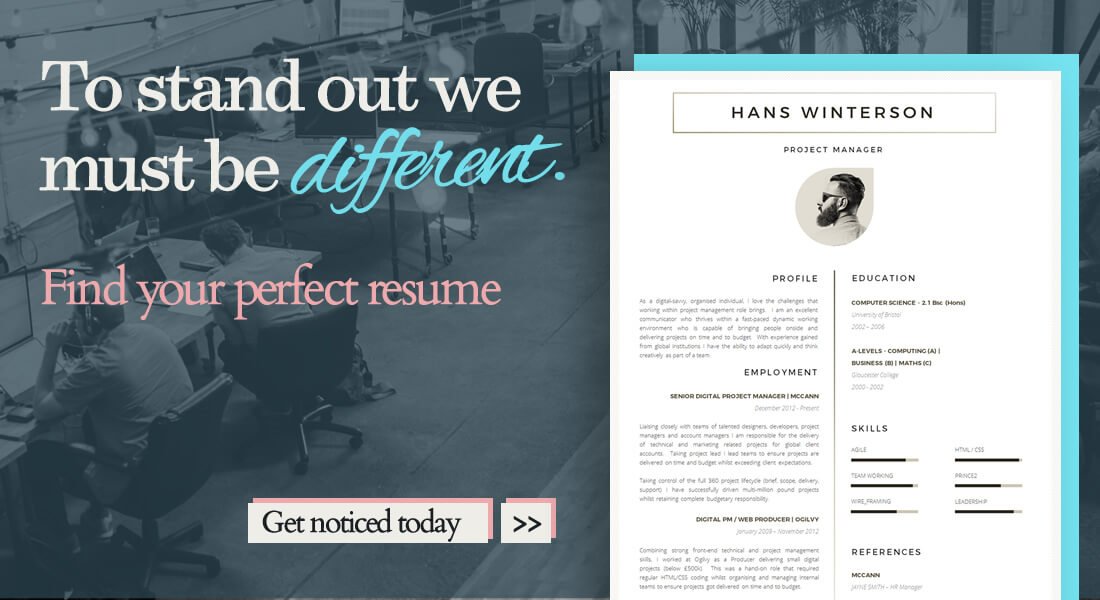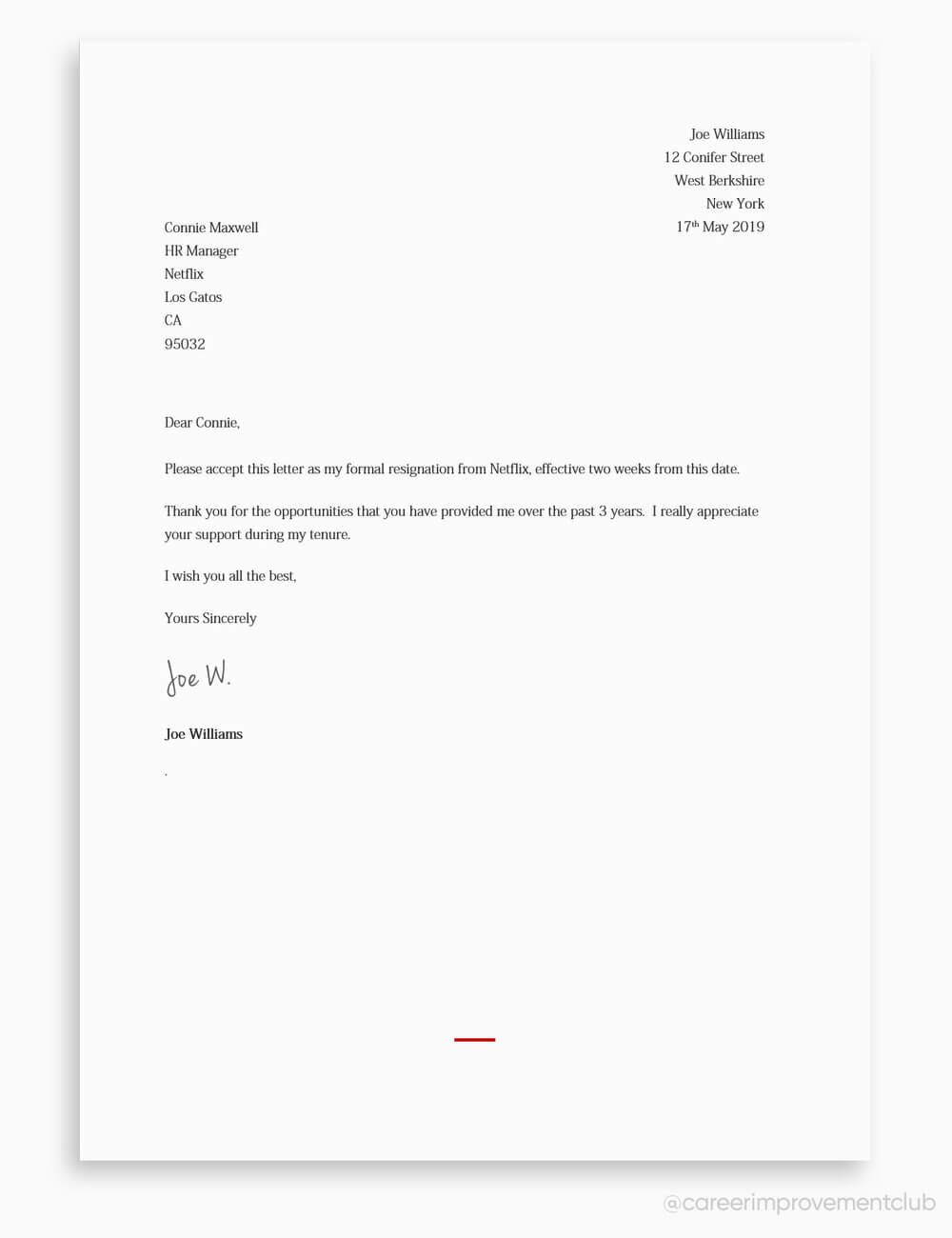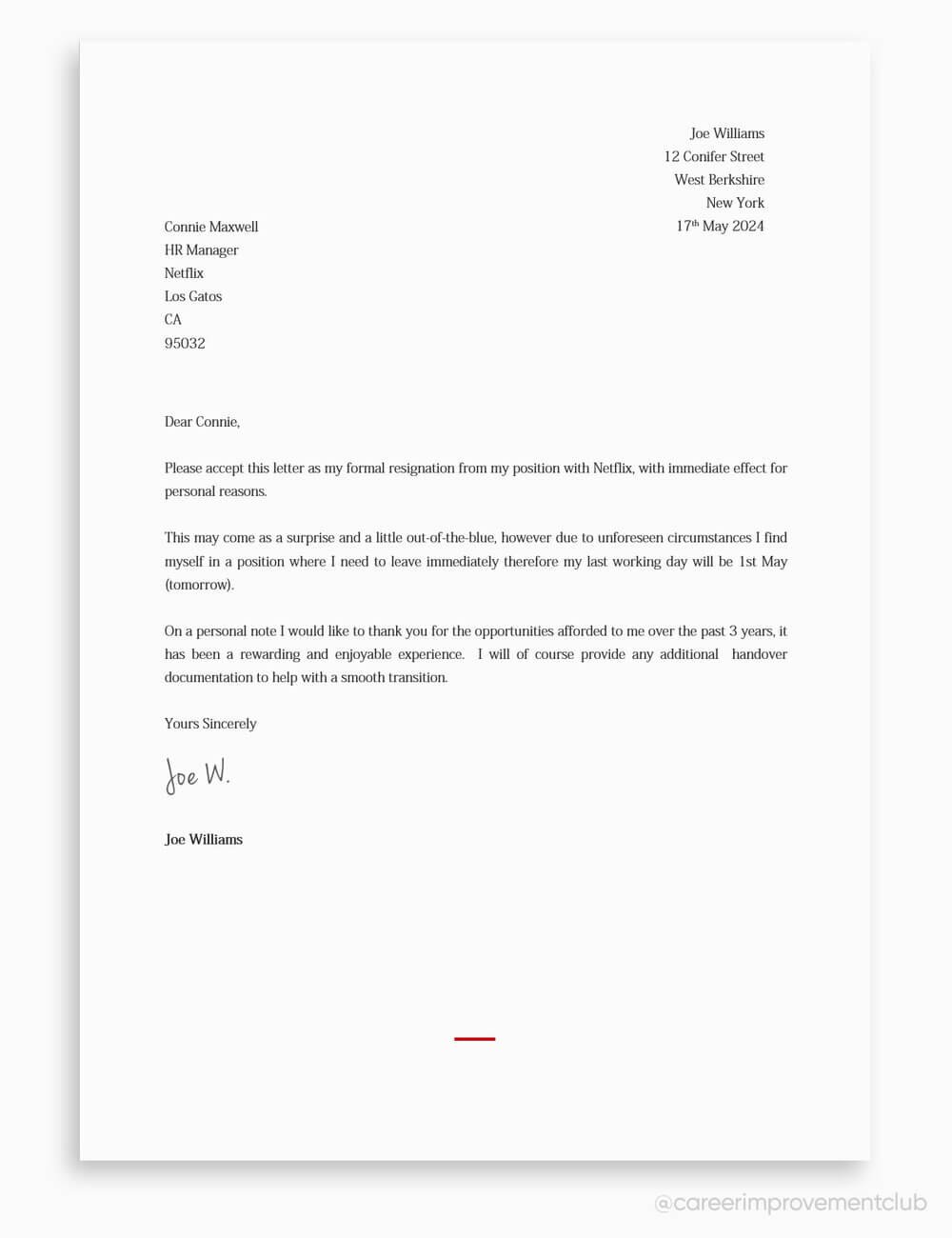You’ve come to the conclusion that your current job just doesn’t quite do it for you anymore. Perhaps, you’ve been offered a new and exciting opportunity and can’t wait to get started or you’ve updated your CV and have just had enough. The only thing that is stopping you from gleefully skipping out of the door is telling your boss.
There is the obvious unofficial route of just having a conversation with them and explaining that you’ve decided to take a different direction. However, all companies do need a formal letter in writing that have to include certain things like ‘Why did you leave?’.
It also is super important to send your resignation as soon as you possibly can, especially if you’re starting a new job. If your current employment has a notice period, typically two weeks to a month, then your letter of resignation will begin that process upon receipt.
That leaves us with you landing on this page, your tongue twisted, and fingers have frozen unable to type. But don’t worry, we’ll give you all the necessary steps to write a top resignation letter that hits all the bases and keeps you looking professional.
You won’t have to worry anymore and can be free to enjoy your new venture in life.
The Very Quick Version…
Keep it short and to the point
Structure the letter properly and in the correct order
Make it look ultra professional and save as a PDF
Avoid negation - be positive!
Don’t mention salary
Leave your animosity behind, the time for voicing concerns has passed.
The In-Depth Version...
Things To Keep In Mind
Formatting a Letter of Resignation: What Goes Where.
Formatting a Letter of Resignation: Fonts, Spacing, Layout & More
Things To Stay Away From
Creative Resignation Examples
Resignation Examples (Short & Simple / Immediate Effect)
Things To Keep In Mind
Letters of resignation are meant to be kept short. Essentially, a resignation letter is just a formality, something your employer needs as visible proof of your decision. Typically, you would have already had a discussion with your manager regarding your decision prior to handing in your letter of resignation.
Coming up with a well-written letter of resignation by keeping it short, professional and positive by following our steps will help to show you’re a good character and will uphold your reputation in the job market, not only with future but also your current employers. It will also ensure that you keep a good standing relationship with your current employer, in case you need to ask for a reference from them.
Finally, you’re going to want to hand your letter of resignation to your manager in person. This is the best way to go about things: a typed letter of resignation that details your leaving and the last date of employment with the company, dated and signed by yours truly. Not only will handing it in person to your employer show respect and help to keep that relationship positive, but it will also ensure that your letter of resignation gets handed to the right person.
However, sometimes handing it in person simply isn’t an option. Whether you’re working from home, overseas or have no way of seeing your employer in person – there are ways to hand them your resignation in a professional and friendly way.
You can simply send them an email, with the exact same steps as what we’ll detail below, either through adding the letter as an attachment or writing the copy within the text field of the email itself.
With all this said, what do you actually need to include in a letter of resignation?
Formatting a Letter of Resignation: What Goes Where
PERSONAL DETAILS
Just like you probably would have done with a cover letter, you need to ensure that both your details and your employers’ details are at the top of the page. If you’re working on a word document rather than an email and intend to print it off, you can add a header and include both details within that section of the page. Typically, you would put your information such as your name, address, email address and possibly date before aligning it to the right. Underneath but aligned to the left, you would put your employer’s name, position in the company, address of the company, and possibly an email address if you’re giving a physical copy.
ADDRESSING
You would then want to start your letter using direct address. By this we mean, who are you writing the letter of resignation to, whether it be your line manager or head of the company. Consult with your line manager as to who the letter of resignation should be addressed to, but it is most likely they will be the person you should be addressing. Make sure you remain professional, as this letter can and most likely will, be shared with a future employer.
Typically, start the letter with “Dear”, followed by their first and last name.
FIRST LINE
Now, we’re getting on to the actual writing part. The first thing that you want to do is state that you are resigning and the date on which your resignation will be effective. You’ll need to check your notice period for this. If for example the date is Friday 2nd April, and your notice period is 2 weeks, then you would date it for Friday 16th April. However, if you don’t have to give a notice period, simply state that you will be resigning with immediate effect.
Here is an example of something short, brief and straight to the point:
“Please accept this letter of resignation for my position as ‘Personal Assistant’. My last day with Assistants & Co. will be 13th April 2020”
SECOND LINE
An optional paragraph to write, but just to be friendly, you may want to let your employer know why you’re leaving. Now, that isn’t to say you should bash your company if you’ve had a falling out. Be nice, positive and focus on your next steps as an individual in the world. It is important to note that you don’t actually have to include this step, but if you feel like you want to, you’re more than welcome to.
If you do decide to include your reasoning for leaving, keep it brief. Some common reasons include:
A change in career path
Family
New opportunities
Health
Current position isn’t the right fit anymore.
Example of something you may wish to say:
“I recently received an offer from another company where I feel that I can follow my career goals more closely. The growth opportunities available in this new position align perfectly with my skills and future ambitions.”
THIRD LINE
Again, this specific paragraph is optional, but you may wish to consider explaining that you’ll do what you can to help the transition to whoever is filling in for you. This helps remain on good footing with your company, as you never want to burn bridges when it comes to the job market and networking. It helps with the process just to be super friendly.
FOURTH LINE
If you would like to keep the relationship positive and the letter of resignation friendly, this paragraph can detail your gratitude towards the company whilst working in your position. If you really enjoyed your time, then feel free to add more detail about what you particularly enjoyed.
FIFTH LINE
Most jobs require a reference. Someone that your new company can call or email to ask about how good of a worker you were. If you feel like you would appreciate your manager as a reference, this is where you would ask for it.
SIGNING OFF AND ADDING A SIGNATURE
Finish off by adding ‘yours sincerely’ just like you would with any formal letter or email, before printing it off with your official signature.
Remember that you want to keep your letter of resignation brief and simple. Sometimes you may know your manager quite well and want to explain things a little more, or perhaps they have asked you to. However, if you wish to keep it brief – you can skip out on the 2nd -5th lines.
Formatting a Letter of Resignation: Fonts, Spacing, Layout & More
When it comes to the writing section of your letter or resignation, there are a few technical things that you should keep in mind.
Font Choice: Select a professional, minimal font.
Font Size: It’s only meant to be a page at its maximum. A font size of 12 is ideal.
Line Spacing: Single spaced
Alignment: The document itself should be aligned to the left. However, your personal details in the header of the document should be aligned to the right, whilst your employers’ details should be underneath but aligned to the left. Otherwise, everything else should be aligned to the left.
Layout: Use a clean design with plenty of white space, this will create a professional looking document.
Save the finished document as a PDF, this will not only lock in the formatting but is a more secure file type than others.
Things To Stay Away From
Negativity
You want to stay positive with the tone throughout your letter of resignation. You may have worked with the most terrible people imaginable, but your letter of resignation is not the place to rant about how much you hated working there. As it is not a confidential document, it can be shared with other employers that may wish to see previous letters of resignation. Keep it polite, simple and brief.
Mention of Salary
If you’re leaving for a more attractive salary at a new and exciting company that’s great. But probably not something you should include in your letter of resignation. If you’re wanting to get a counteroffer from your current employer, it would be best to set up a meeting and talk to them directly.
Leave Concerns Out
If it is someone’s actions that have caused you to leave your current workplace, then it is best to take that up with the human resources department. A letter of resignation is only intended to let your employer know that you are leaving, and the date on which your last day of employment is.
Creative Resignation Examples
What we’ve provided you so far is a guide on how most people decide to resign, however resignations can come in all shapes and sizes. So, if you’re looking to leave a slightly bigger impression with your past employer then a less conventional resignation route for you. Inspiration for your creative resignation below…
ERIC SILVER’S RESIGNATION - CHIEF CREATIVE OFFICE AT DDB
Eric Silver’s resignation letter from when he left his role as Chief Creative Officer at DDB New York - “I bet this is your first resignation letter with a Van Halen logo”
CAT’S RESIGNATION IS FULL OF COLOUR
This is a heartwarming resignation full of thanks and praise. We like the way Cat has also used black for the serious bit.
T BONE IS OVER THE RAINBOW WITH HIS RESIGNATION
With a name like T Bone you’ve got high standards to live up to, a framed 8x10 print surfing on a vacuum cleaner should do it.
Resignation Examples
SHORT & SIMPLE RESIGNATION EXAMPLE
Resignation letters don’t need to be long, keep things professional, formal and to the point like the example below…
RESIGNATION LETTER WITH IMMEDIATE EFFECT
Sometimes you just need to leave, the below example is based around “personal reasons” and adopts a friendly tone, however there could be any number of situations where you need to just walk out. We would always advise reading your employment contract first so you know what you’re letting yourself in for.
Need help writing your own letter? Read our complete resignation guide here or download our collection of resignation letter templates here.
A Final Top Tip
Just be positive, friendly and by all means brief. You can thank your current employer for the opportunity in your resignation, especially if you’re wanting a super nice reference from your employer.
Note: employers are not allowed to say anything negative in a reference to other employers. However, they can change their wording to show that you may not be as good as other people in some instances. So stay positive and friendly to keep on the right side of the line.
Finally. If you’re looking for a more rounded toolkit to support you through resignation this comprehensive resignation guidebook is everything you need and more.
//
Last Updated 22/04/25
